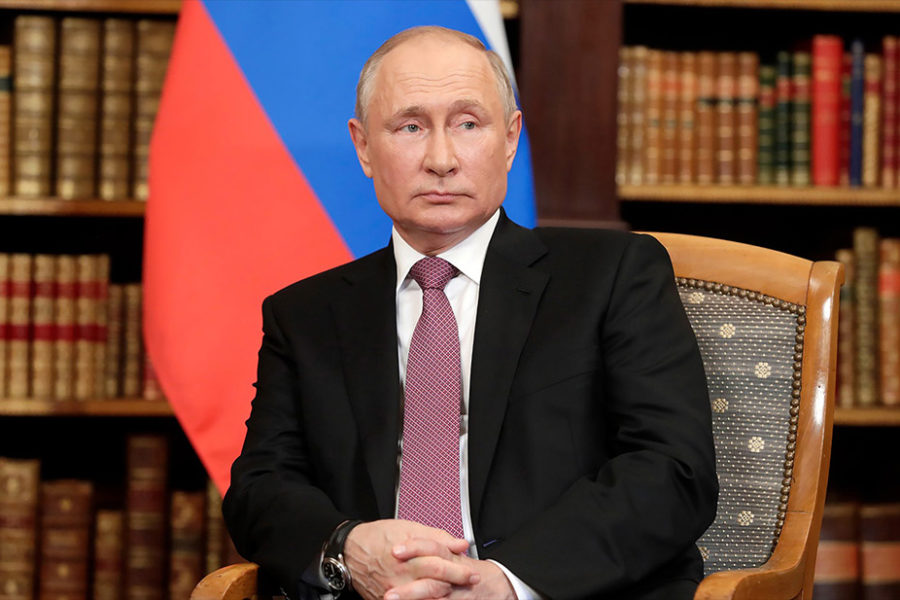The Defense Department on Feb. 27 called Russian President Vladimir Putin’s decision to put his strategic forces on high combat alert “escalatory” but said the U.S. will defend its interests and allies against any threat.
“We remain confident in our ability to defend ourselves, and our allies, and our partners, and that includes in the strategic deterrent realm,” a senior defense official said at a morning telephone briefing with journalists.
In a televised statement early Feb. 27, Putin said that in response to “aggressive statements” by NATO, he was putting his nuclear forces on high combat alert.
Defense Secretary Lloyd J. Austin III became aware of Putin’s announcement shortly before an 8:30 a.m. secure video teleconference with Chairman of the Joint Chiefs Army Gen. Mark A. Milley and combatant commanders, including commander of U.S. European Command and NATO Supreme Allied Commander Gen. Tod D. Wolters.
“We believe that this is not only an unnecessary step for him to take but an escalatory one,” the defense official said of Putin’s announcement. “Unnecessary because Russia has never been under threat by the West or by NATO, and certainly wasn’t under any threat by Ukraine.”
The official declined as a matter of policy to discuss the specifics of the U.S. strategic deterrence posture or if it would change in response to the Russian announcement.
“We are in the very early phases here reviewing and trying to analyze what Mr. Putin’s directive on nuclear forces, what that means,” the official said.
The move will not deter the United States from continuing to provide defense assistance to Ukraine, however.
“We continue to provide assistance to Ukrainian armed forces,” the official said. “That support is going to go forward.”
On Feb. 24, a B-52 Stratofortress interacted with Polish MiG-29 aircraft in the Baltic region during a “long-planned Bomber Task Force Europe mission,” a U.S. Air Forces in Europe spokesperson told Air Force Magazine. The four B-52s from the 5th Bomb Wing at Minot Air Force Base, N.D., arrived at RAF Fairford, U.K., on Feb. 10 for a notional three-week Bomber Task Force Europe mission. A U.S. Strategic Command spokesperson told Air Force Magazine at the time that the bomber’s deployment timeline “could move to the right or left” depending on the security situation.
